On View
Two of European Art History’s Most Dramatic Figures, Bernini and Caravaggio, Go Head to Head in a New Show—See Images Here
A new exhibition at the Kunsthistorisches Museum in Vienna gathers together works by leading Italian Baroque artists.
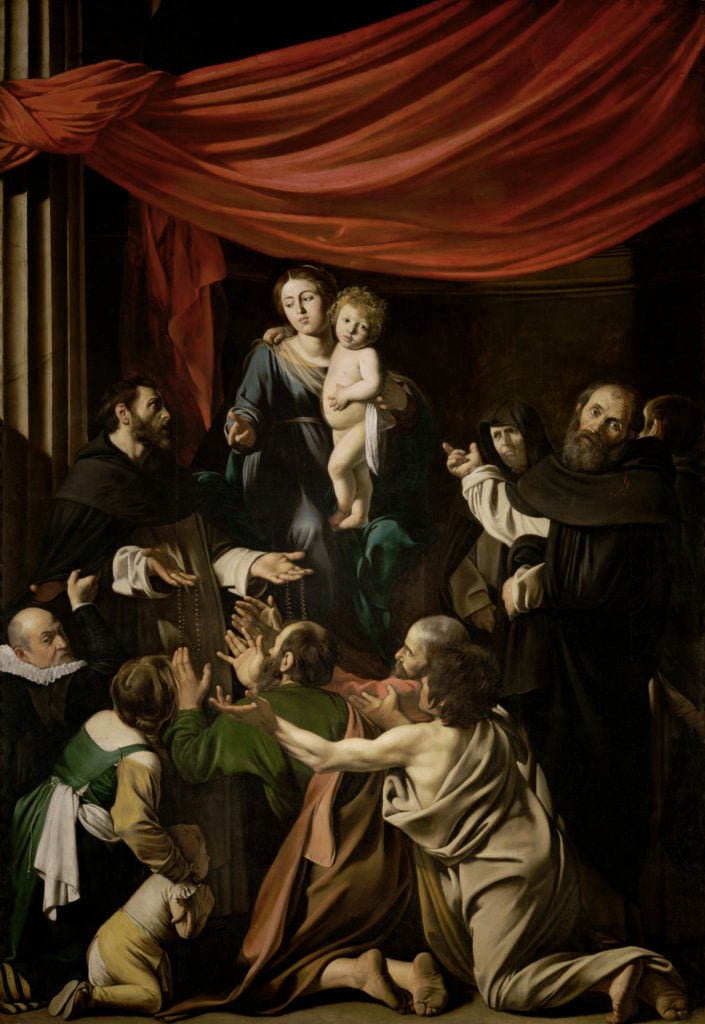
A new exhibition at the Kunsthistorisches Museum in Vienna gathers together works by leading Italian Baroque artists.

Kate Brown

Two of the 17th century’s most drama-loving artists are paired together for the first time in a new exhibition at the Kunsthistorisches Museum in Vienna. The painter Caravaggio and the sculptor Bernini both pushed their respective mediums to new heights while working in Rome under a series of surprisingly artistically adventurous Popes.
The show, “Caravaggio and Bernini: The Discovery of Emotions,” is the latest blockbuster for the Viennese museum, coming after its once-in-lifetime show dedicated to twisted, dark visions of Pieter Bruegel the Elder last fall. The new exhibition aims not only to put the art of Caravaggio and Bernini side by side, but also explore the broader artistic milieu in which they were working. (The museum has promoted the show online with the hashtag, #barockstars.)
A single, high-strung work by either one of the Italian artists is enough to dominate a room, and this show presents 80 pieces by Michelangelo Merisi da Caravaggio (1571–1610), Gian Lorenzo Bernini (1598–1680), and the artists they influenced. An added bonus are paintings by the female Baroque painter Artemisia Gentileschi, including Maria Magdalena in Esctasy (1620–25 or 1630–35), as well paintings by her father, Orazio.
The Kunsthistoriches Museum’s exhibition, which includes no less than ten paintings by Caravaggio and 12 sculptures by Bernini, is framed in a suitably dramatic way. The exhibition is organized in emotively titled sections, including: “Wonderment and Astonishment,” “Horror and the Terrifying,” “Suffering and Compassion,” and “Love,” among others.
The Italian artists both left their mark in Rome. Caravaggio, the bad boy of the Baroque era, had to flee the city after he killed a man in a brawl, but Bernini died an old man, beloved in his adopted home. There seems to have been no love lost between the pair. (Bernini is said only to have mentioned Caravaggio once, and it was not flattering.)
Both their names are synonymous with the Baroque era. Caravaggio was a master of the chiaroscuro style of dramatic contrasts between light and shade, as can be seen in works such as David With the Head of Goliath, Narcissus and Boy Bitten by a Lizard, which are on view at the museum. Also included is one of Bernini’s most famous marbles, Medusa, which raised naturalistic sculpture to a new dramatic heights.
To manage the crowds in the galleries, visitors need to reserve tickets in advance. The exhibition will be on view until January 19, 2020 before it heads to Amsterdam’s Rijksmuseum, where it is due to open on February 14, 2020.
Here are some highlights from the exhibition:
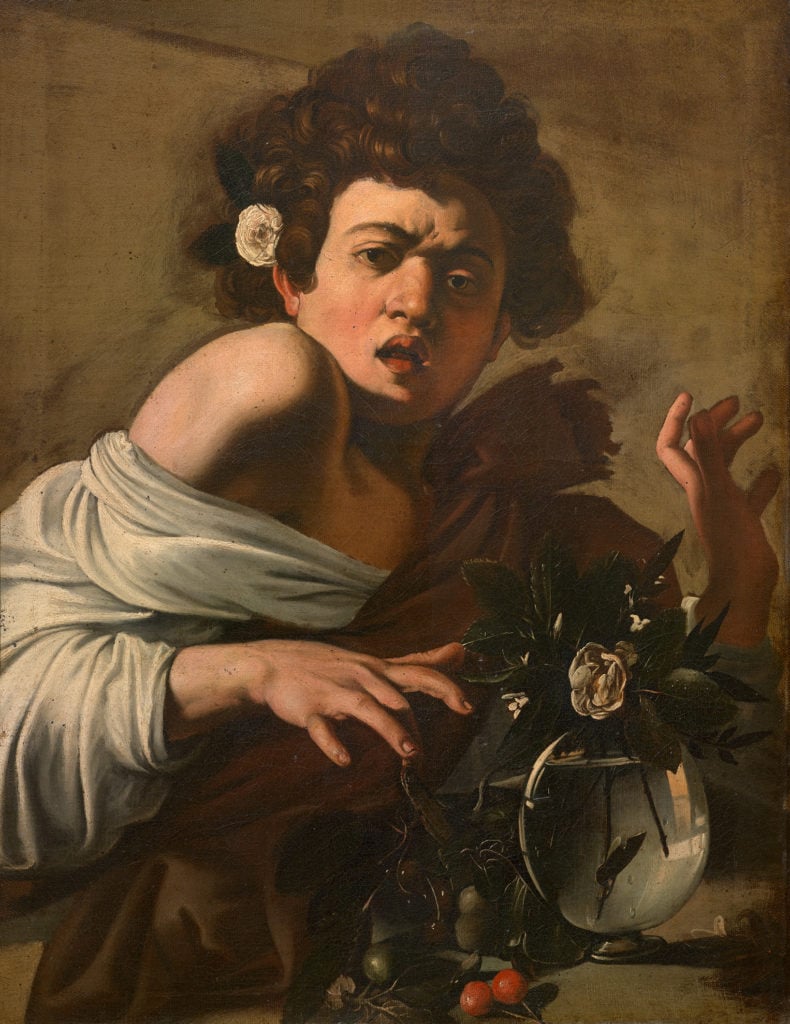
Caravaggio’s Boy Bitten by a Lizard. Copyright Florenz, Fondazione Roberto Longhi.
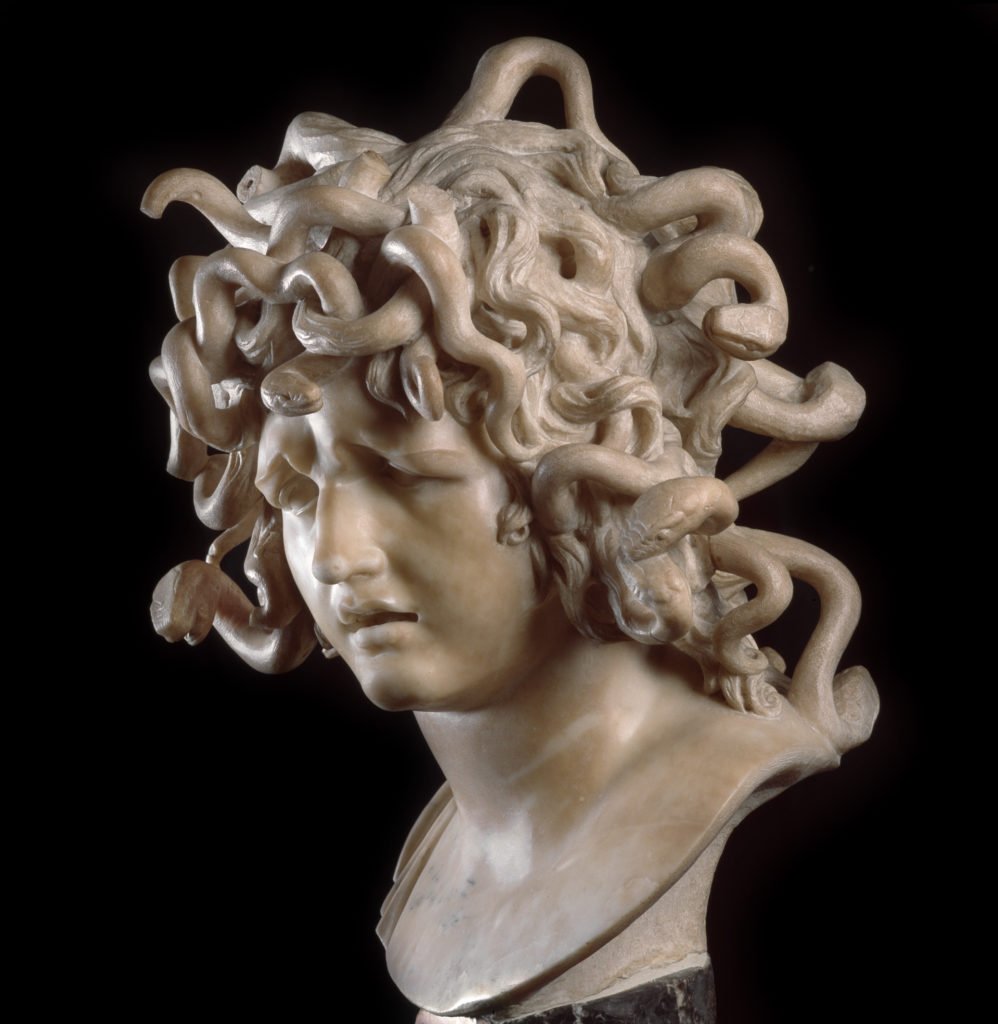
Bernini’s Medusa. Copyright KHM-Museumsverband
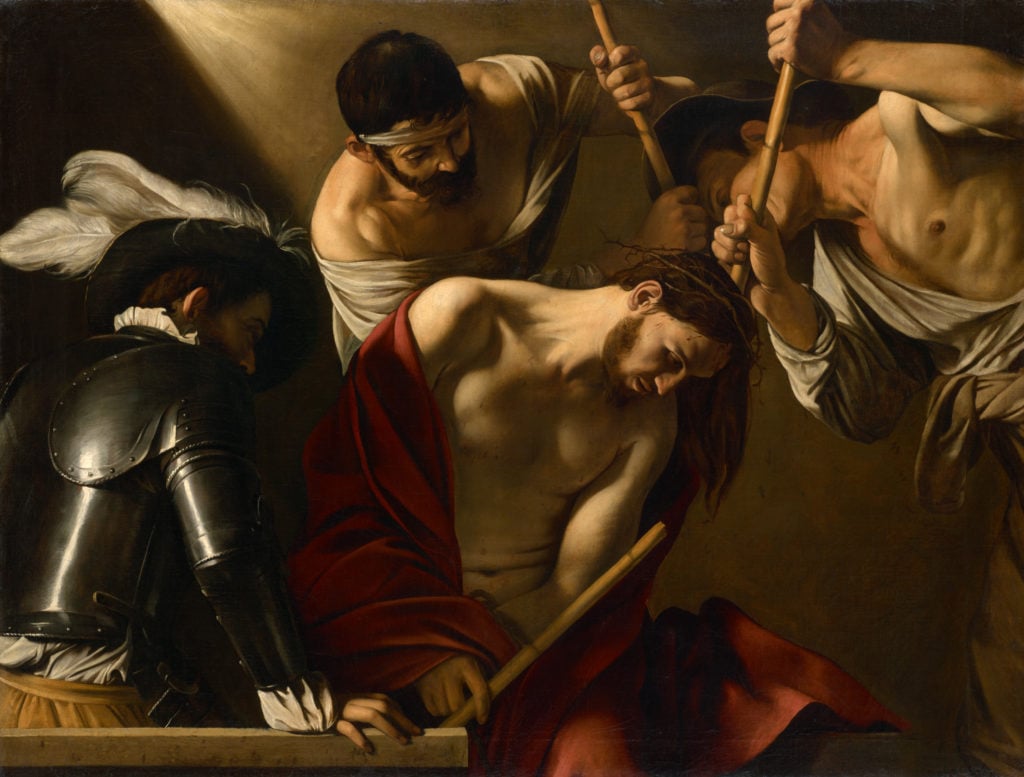
Caravaggio’s The Crowning with Thorns (1602 or 1604). Wien, Kunsthistorisches Museum. Copyright KHM-Museumsverband.
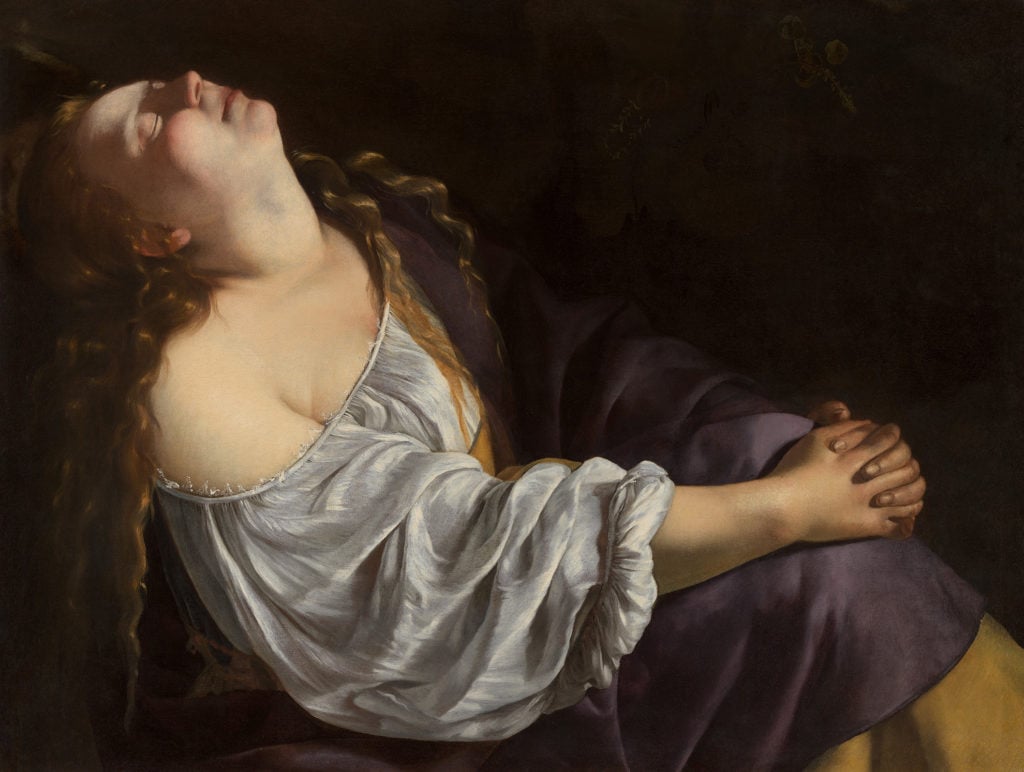
Artemisia Gentileschi’s Maria Magdalena in Esctasy (1620-25 or 1630-35). Private Collection. Photo by Dominique Provost.
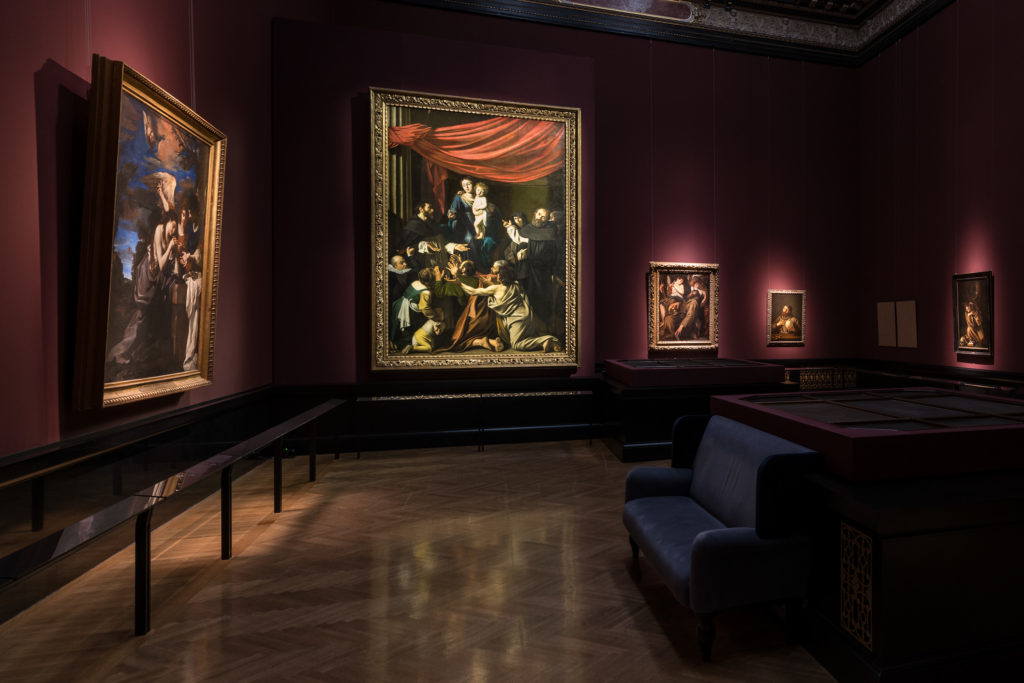
Installation view. Copyright KHM-Museumsverband.
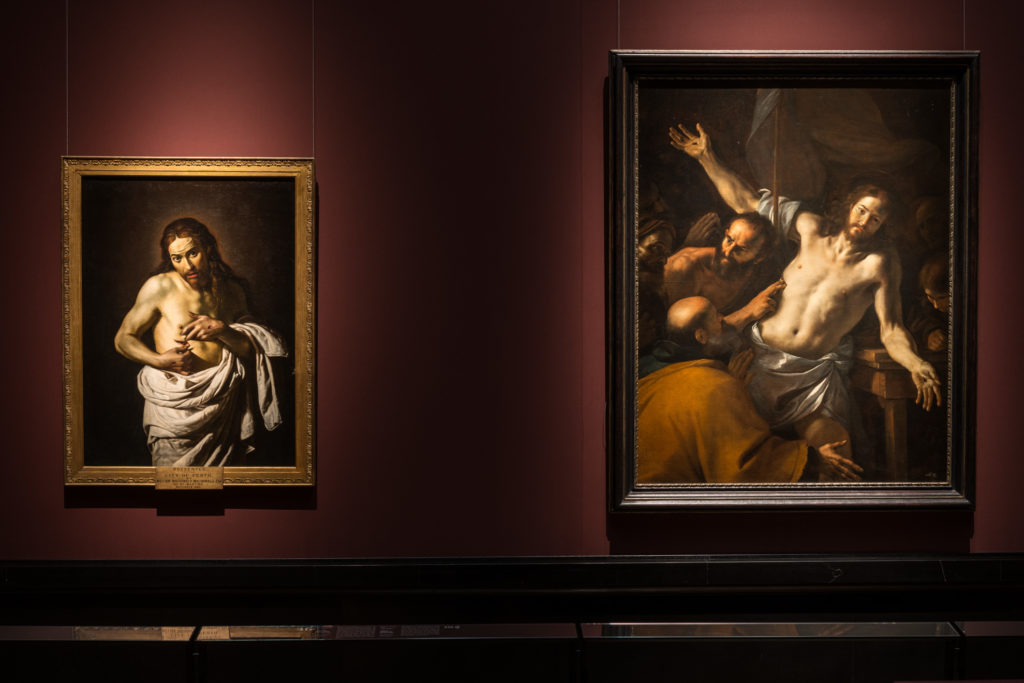
Installation view. Copyright KHM-Museumsverband.
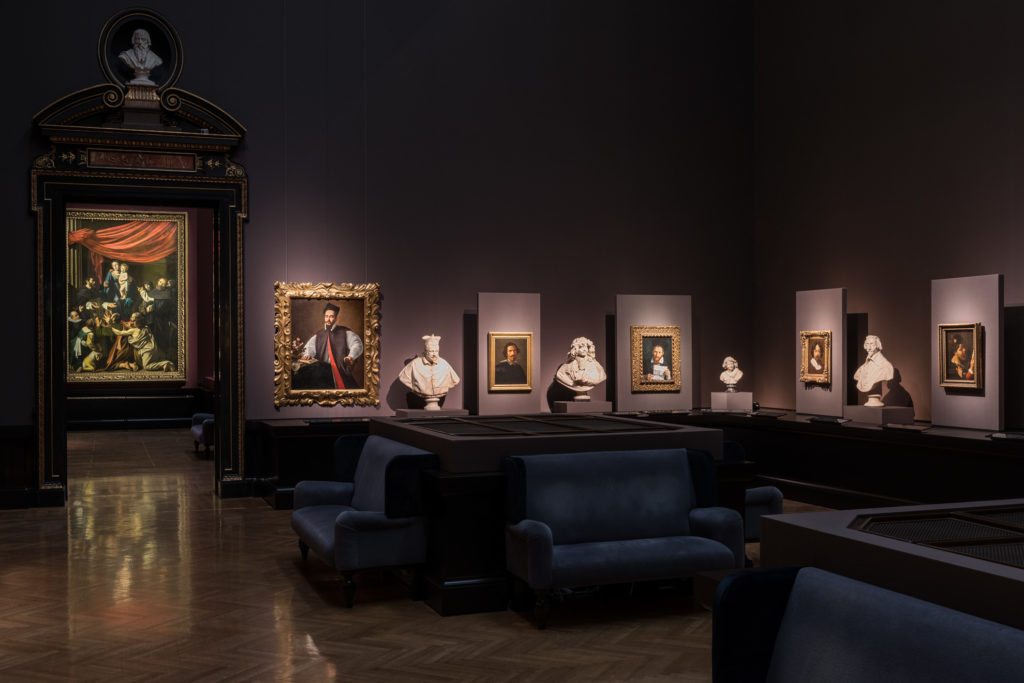
Installation view. Copyright KHM-Museumsverband.
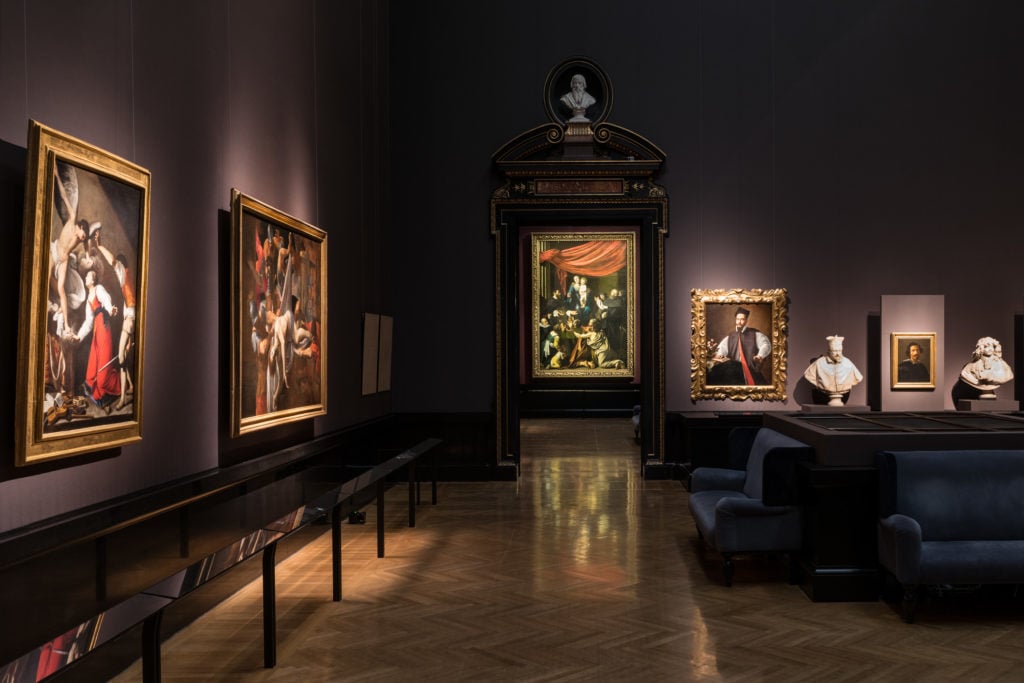
Installation view. Copyright KHM-Museumsverband.
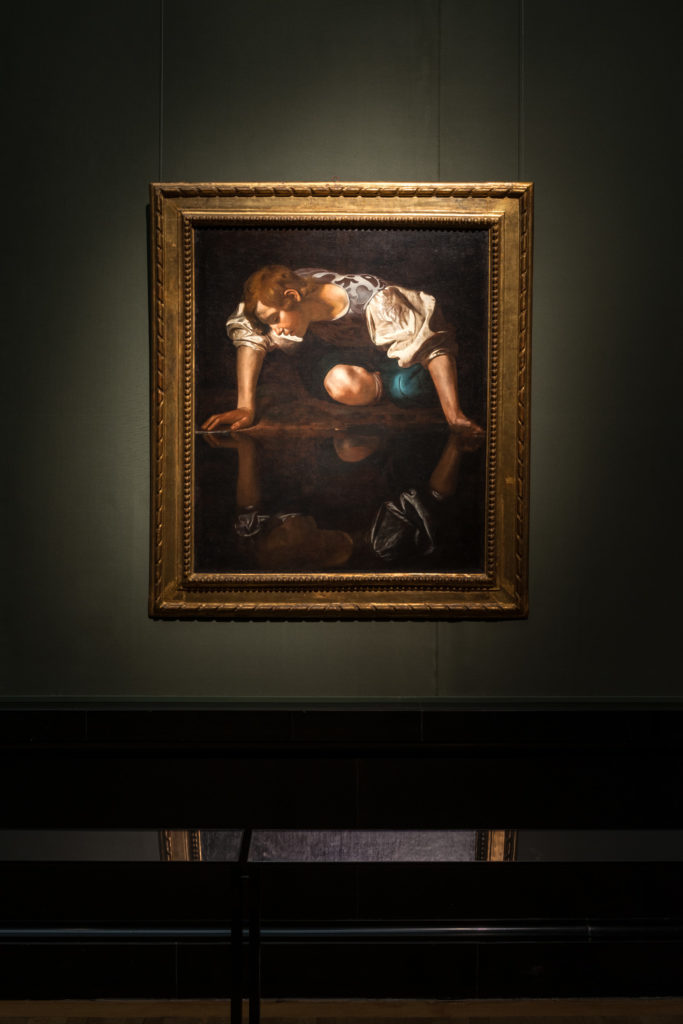
Installation view. Copyright KHM-Museumsverband.
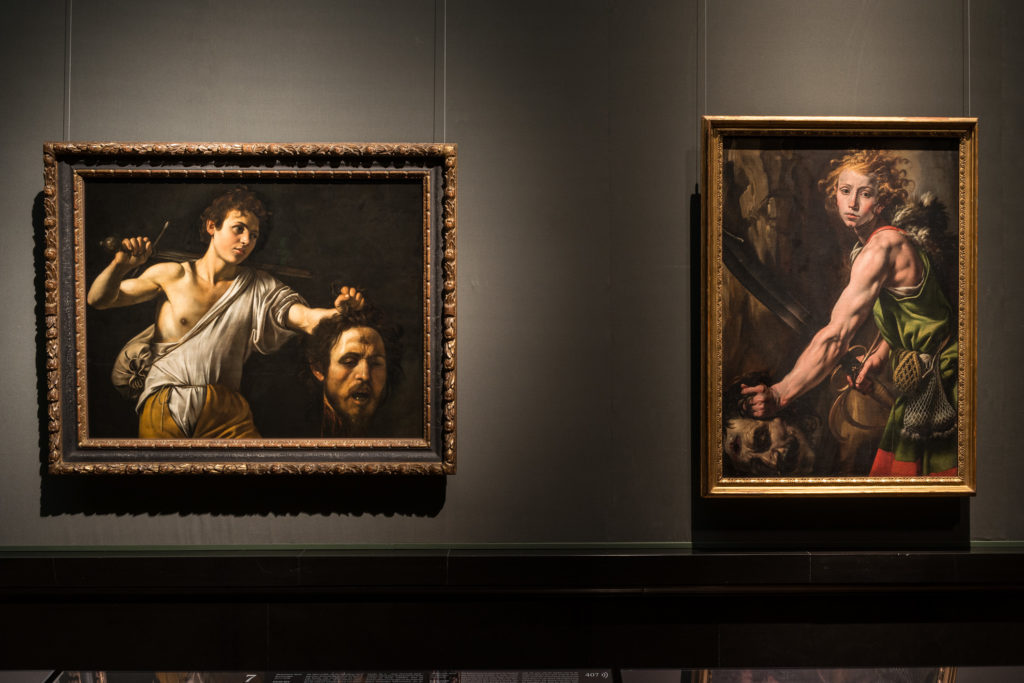
Installation view. Copyright KHM-Museumsverband.
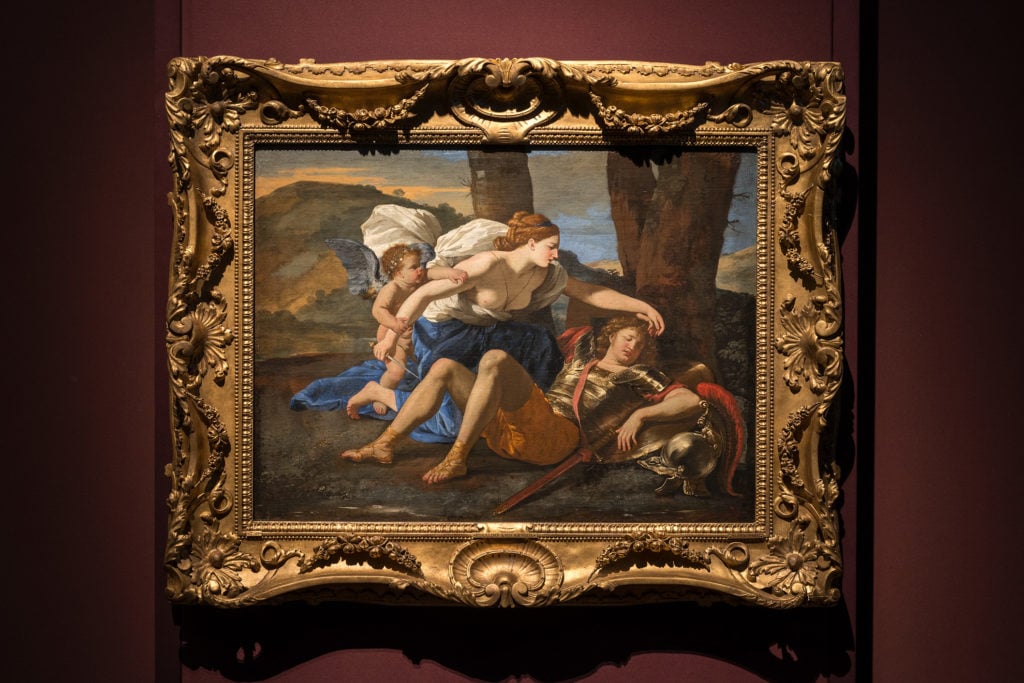
Installation view. Copyright KHM-Museumsverband.
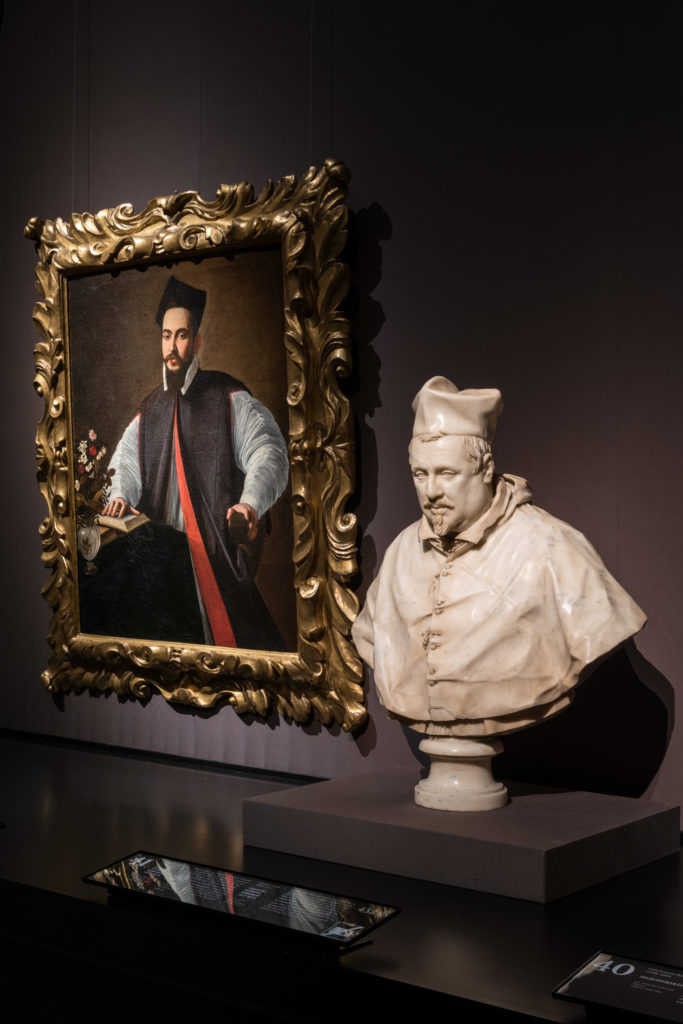
Installation view. Copyright KHM-Museumsverband.
“Caravaggio and Bernini: The Discovery of Emotions,” October 15 through January 19, 2020, Kunsthistoriches Museum, Vienna.